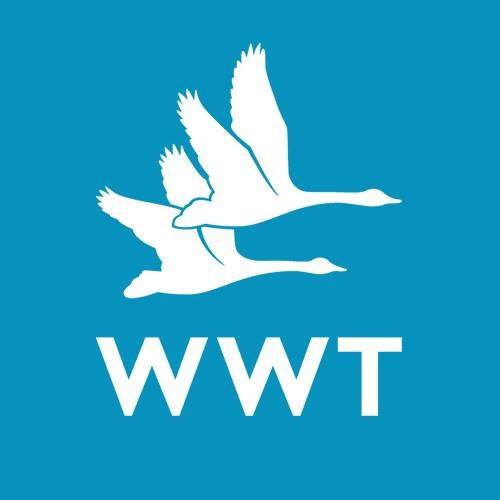What is the scientific name of the Bewick’s swan?
The scientific name of the Bewick’s swan is Cygnus columbianus bewickii.
The Bewick's swan was named in 1830 by William Yarrell after the engraver Thomas Bewick, who specialised in birds and animals illustrations.
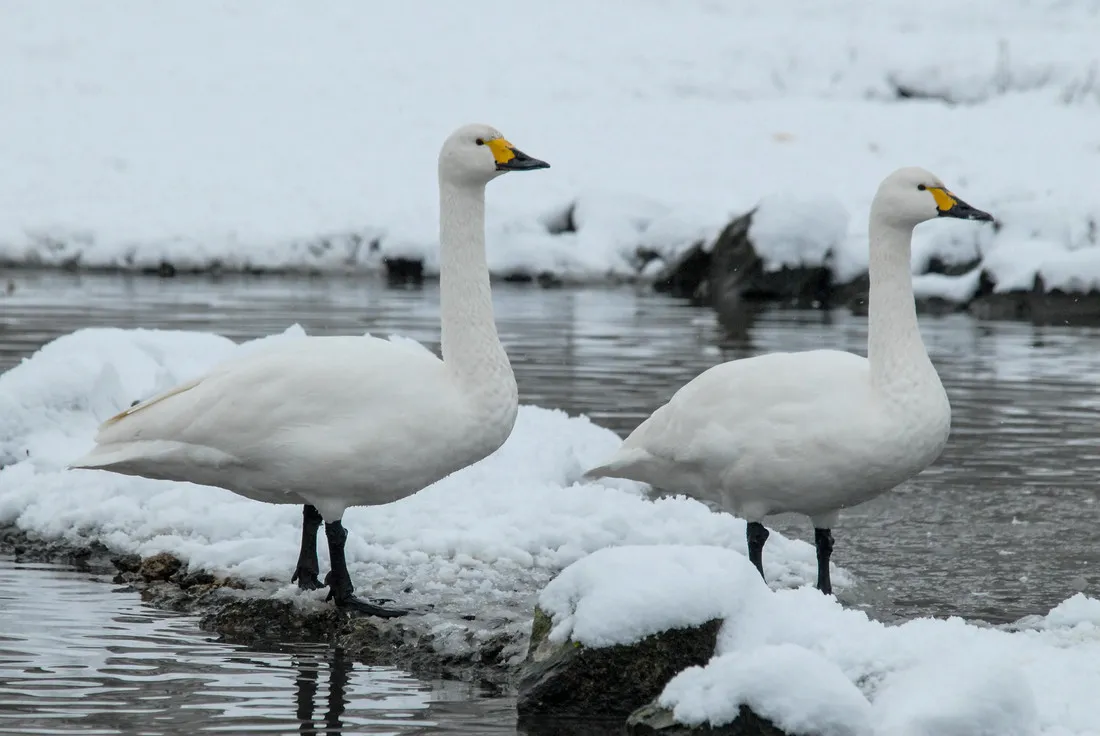
How big are Bewick’s swans?
Bewick’s are the smallest and rarest swans of the swan family. They measure around 115-127 cm from bill to tail, including the neck and have a wingspan of between 170-195 cm. They weigh an average of 6kg.
The adult Bewick’s has white feathers and distinctive yellow and black markings on its bill while the juvenile bird has grey and white feathers, and a pinkish bill. You can identify an adult by its individual bill markings.
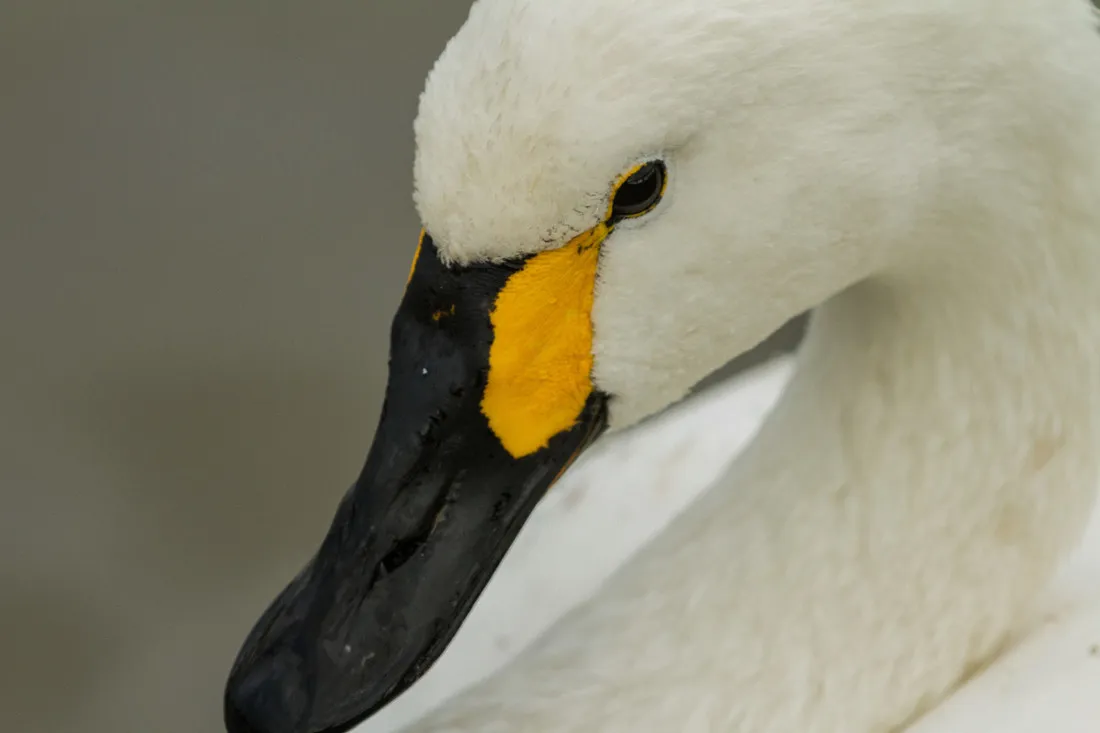
Bewick's swans do look a bit similar to another migratory swan species that visits the UK in winter: the whooper swan. Whooper swans migrate here from Iceland, and are larger than Bewick's swans. The yellow on a whooper swan's bill forms a pointed 'v', whereas the bills of Bewick's swans can be variable in pattern - enough to identify them as individuals.
Where do Bewick’s swans live?
Bewick’s spend the summer breeding in remote Arctic Russia and the winter sheltering in mainland western Europe and the UK on coastal bays, farmland and freshwater wetlands.
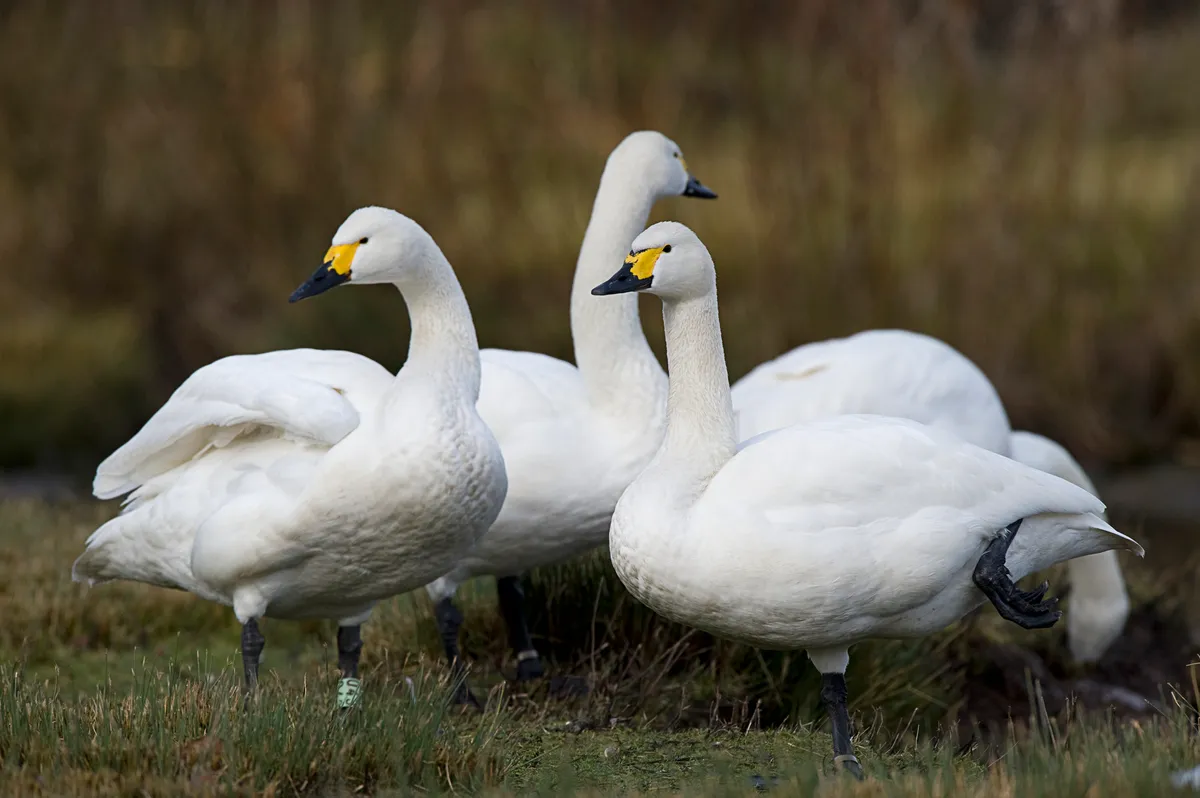
What do Bewick's swans eat?
Throughout the summer they feed on aquatic plants, grasses and sedges, and also berries found on the tundra during July and August. In the UK, they feast on improved grass, leftover potatoes, sugar beet, winter wheat and grain.
What threats do Bewick's swans face?
A Bewick’s swan’s migratory path is fraught with danger and every autumn and spring it must try and safely wing its way 3500km across the breadth of Europe.
Throughout this perilous journey, they face predation, fewer wetlands and the risk of hitting power lines. There is also the danger that climate change is rapidly changing the climate of the Arctic making their winter grounds unsuitable as it becomes increasingly habitable for other animals that could potentially compete for food sources.
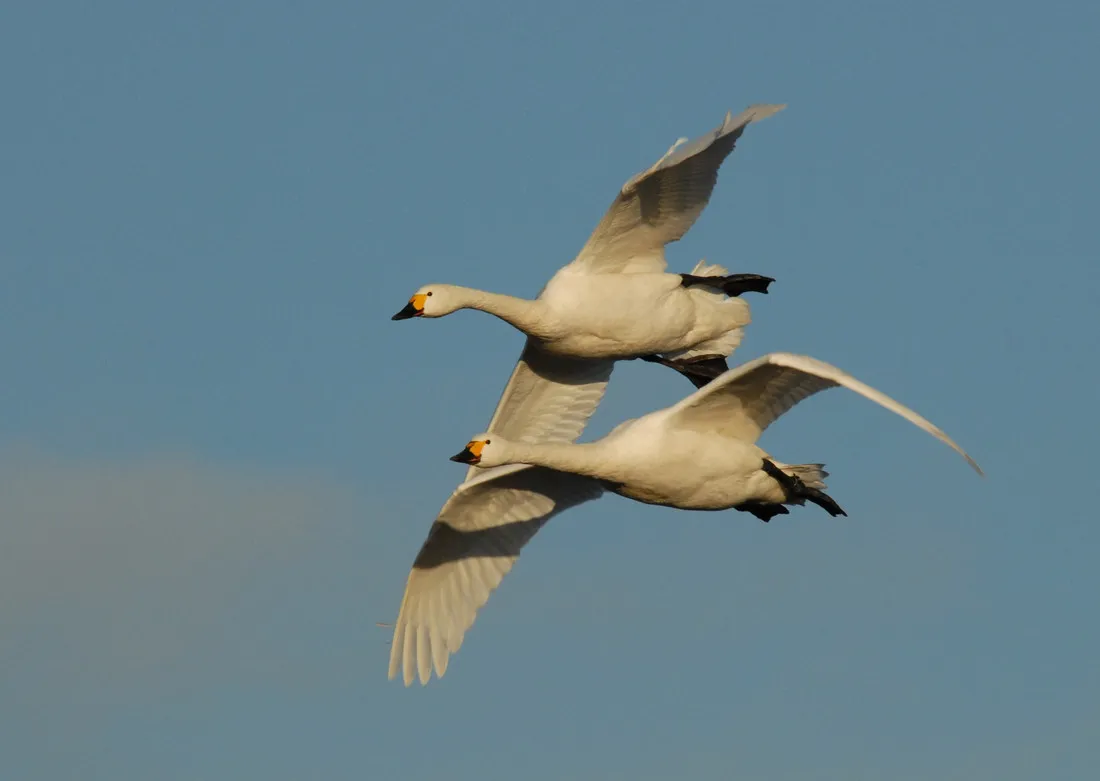
As if that wasn’t enough, Bewick’s are illegally hunted – often because they are mistaken for geese or other swans in the low winter light. Many then feed on the lead ammunition sprayed from shotguns and are poisoned.
What’s being done to help Bewick's swans?
WWT has been studying Bewick’s swans for 50 years and is trying to unlock the mystery behind their decline.
Sir Peter Scott began drawing individual swans in the sixties and these illustrations are used to identify visiting swans and their families. WWT combines that with modern techniques, using laboratory equipment to research swan health and GPS trackers to better understand their migration paths.
Conservationists are also working with local people in the Russian Arctic to create ‘Swan Champions’, a community-based approach to reducing illegal hunting.
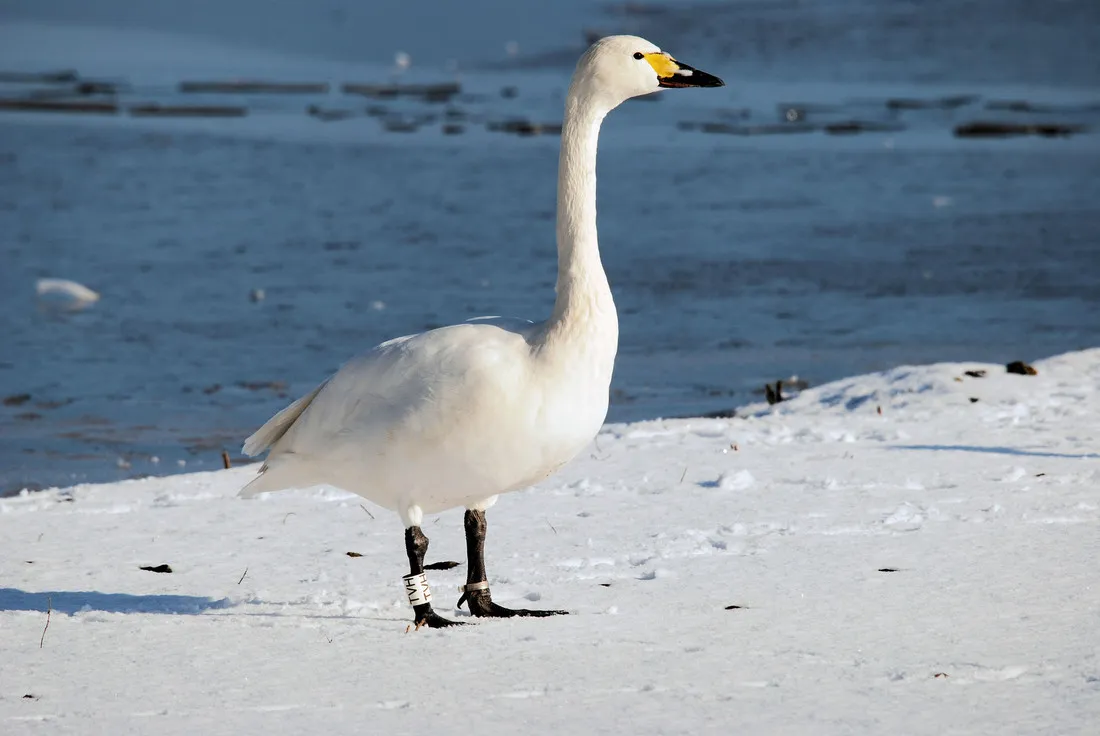
The Wildfowl & Wetlands Trust (WWT) is a charity working to conserve, restore and create wetlands, and inspire everyone to value the amazing things healthy wetlands can do for us.
WWT works across the UK and the world to conserve our wetlands for wildlife and people, to save critically endangered species from extinction, and work with communities around the world who depend on wetlands and inspire people to take care of nature.
Main image: A Bewick's swan at WWT Slimbridge. © WWT
